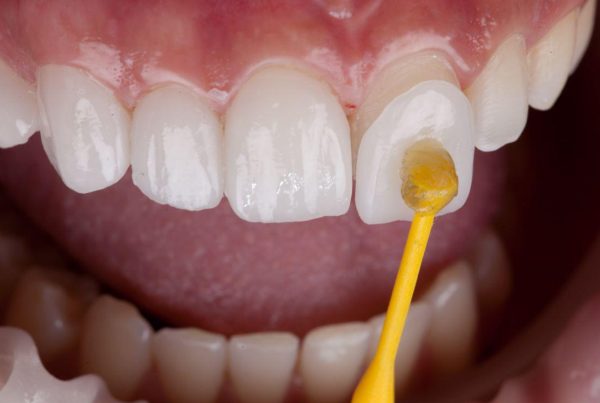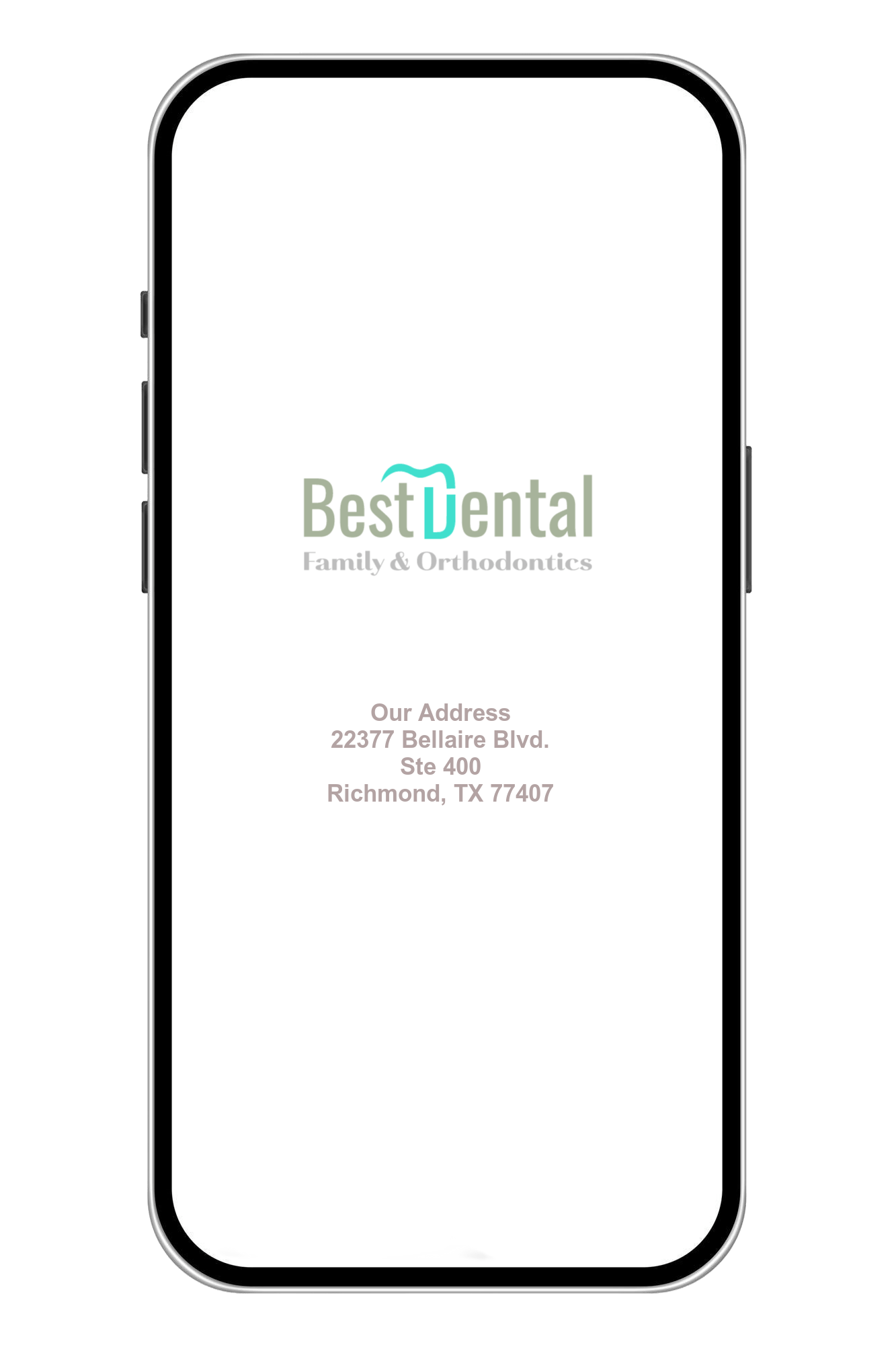Underbite correction for Houston residents
Cosmetic dentistry has transcended the boundaries of traditional oral healthcare, venturing into the realm of aesthetic transformation and functional enhancement. One prevalent concern that often prompts individuals to seek the expertise of cosmetic dentists is underbite, a dental condition that affects the alignment of the upper and lower jaws. More than just a structural issue, an underbite can significantly impact one's appearance and oral functionality, potentially leading to difficulties in speech, chewing, and even self-confidence. With cutting-edge techniques and innovative approaches, contemporary cosmetic dentistry offers a comprehensive array of solutions to address underbites, fostering both the restoration of dental harmony and the reclamation of a confident smile.
Bite Correction
What are the main causes and consequences of an underbite, and how does it affect one’s oral health in the long term?
An underbite, also known as prognathism, typically arises from a disproportionate growth of the lower jaw in relation to the upper jaw, resulting in the lower teeth protruding beyond the upper teeth when the mouth is closed. This misalignment can stem from genetic predispositions, childhood habits such as thumb-sucking or tongue-thrusting, or abnormal jaw development. Over time, an untreated underbite can lead to several oral health complications, including difficulties in proper chewing and biting, increased wear on the teeth, heightened risk of dental trauma, temporomandibular joint (TMJ) disorders, speech impediments, and elevated susceptibility to gum disease due to the challenges in maintaining proper oral hygiene. The strain on the jaw joints and muscles from an underbite can also lead to chronic pain and discomfort, potentially affecting the overall quality of life.
Options Available
Could you explain the different types of cosmetic dental procedures available for underbite correction?
There are several cosmetic dental procedures available for correcting underbites, each tailored to the severity of the misalignment and the specific needs of the patient. Orthodontic treatments, such as braces or clear aligners, represent one common approach, gradually shifting the teeth and the jaws into their proper positions over an extended period. In more severe cases, orthognathic surgery may be recommended, involving surgical repositioning of the upper or lower jaw to achieve proper alignment. This procedure is often complemented by orthodontic treatment for optimal results. Another non-invasive option is the use of dental veneers or crowns, which can help camouflage the appearance of the underbite by improving the aesthetics of the front teeth. Veneers are custom-made shells that cover the front surface of teeth, while crowns encase the entire tooth, providing a natural-looking solution for mild to moderate cases of underbite.
Additionally, in cases where the underbite is caused by skeletal discrepancies, maxillofacial surgery might be necessary to reposition the jawbones. This procedure typically requires collaboration between an oral surgeon and an orthodontist to ensure comprehensive treatment. Dental implants or bridges may be recommended as a supplementary measure to restore missing teeth and further enhance the overall structure and function of the jaw. The choice of the most suitable procedure depends on the individual’s specific condition, desired outcome, and the recommendations of the dental healthcare team.

What are the potential benefits and risks associated with each underbite correction procedure?
Orthodontic treatments, such as braces or clear aligners, offer the benefit of gradual and controlled realignment of the teeth and jaws, improving both oral function and aesthetics. While they are effective for mild to moderate cases, these treatments may require a significant time commitment and could potentially lead to temporary discomfort and difficulty in maintaining oral hygiene. Orthognathic surgery can provide comprehensive correction for severe underbites, yielding significant improvements in both function and appearance. However, this procedure carries risks such as postoperative complications, potential changes in sensation, and a more extended recovery period.
Dental veneers and crowns present a non-invasive solution for mild to moderate underbites, offering immediate aesthetic enhancements. Nonetheless, they do not address the underlying skeletal issues, and there is a risk of damage to the natural tooth structure during the preparation process. Maxillofacial surgery, while effective in addressing skeletal discrepancies, involves risks associated with any major surgical procedure, including infection, nerve damage, and prolonged healing. Dental implants and bridges can restore missing teeth and enhance the overall dental structure, but they also carry risks such as implant failure, infection, and potential damage to surrounding teeth or tissues. Patients considering any underbite correction procedure should thoroughly discuss the potential benefits and risks with their dental healthcare providers to make informed decisions.
How do you determine the most suitable treatment plan for an individual with an underbite, considering their unique dental structure and overall health?
Determining the most suitable treatment plan for an individual with an underbite involves a comprehensive evaluation that considers various factors, including the severity of the underbite, the overall dental structure, and the patient’s overall health. This typically begins with a thorough examination by a qualified cosmetic dentist or an orthodontist, who may utilize various diagnostic tools such as X-rays, 3D imaging, and dental impressions to assess the underlying skeletal and dental issues. Additionally, a detailed discussion with the patient regarding their expectations, lifestyle, and any specific concerns is essential in tailoring a personalized treatment plan. Collaborative consultations among a team of dental specialists, including orthodontists, oral surgeons, and prosthodontists, may be necessary to ensure a holistic approach. Considering the patient’s age, any preexisting dental work, and the feasibility of each treatment option, the dental healthcare team can recommend a customized plan that addresses the underbite while prioritizing the patient’s long-term oral health and overall well-being.

Could you elaborate on the expected timeline and recovery process for each type of underbite correction procedure?
The expected timeline and recovery process for underbite correction procedures varies depending on the specific treatment chosen. Orthodontic treatments, such as braces or clear aligners, typically require several months to a few years for complete realignment, with periodic adjustments and follow-up visits throughout the process. Recovery from orthognathic surgery can take several weeks to months, involving an initial period of restricted diet and limited jaw movement, followed by gradual reintroduction of solid foods and physical activities.
Patients may require pain management and close monitoring during the recovery phase. Dental veneers and crowns usually involve minimal recovery time, with immediate improvements in appearance, though patients may experience some sensitivity or discomfort immediately after the procedure. Maxillofacial surgery often entails a more prolonged recovery period, with postoperative swelling and discomfort that may last for several weeks. Patients may need to follow specific post-surgery care instructions and attend follow-up appointments to monitor the healing process. Dental implant and bridge procedures may involve a recovery period of several weeks, during which patients are advised to follow a careful oral hygiene regimen and adhere to dietary restrictions to facilitate proper healing and integration of the dental prosthetics. Clear communication with the dental healthcare team is essential to understand and adhere to the specific timelines and recovery protocols associated with each underbite correction procedure.





